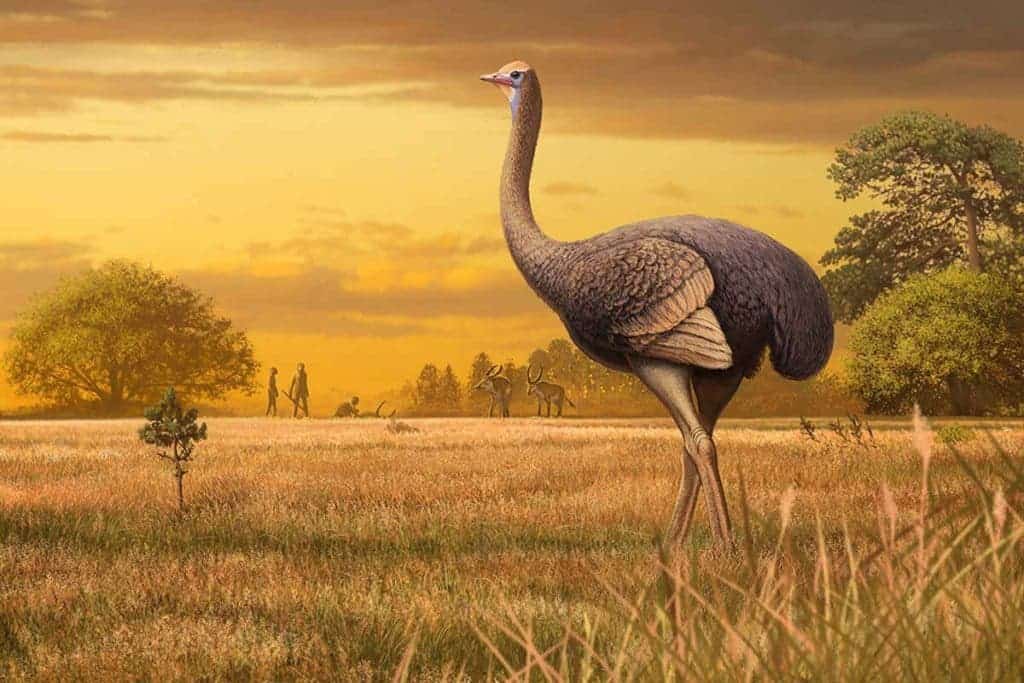
Paleontologists have recently discovered the fossils of one of the largest birds that ever roamed Earth inside a cave in Crimea. The newly discovered species lived almost 2 million years ago and could grow almost 10 feet (3 meters) tall and weigh as much as 1,000 pounds (450 kg).
“This formidable weight is nearly three times the largest living bird, the common ostrich, and nearly as much as an adult polar bear,” said study lead author Nikita Zelenkov of the Russian Academy of Sciences.
The cave where the bird’s remains were found was revealed completely by accident during roadworks in the Crimean Peninsula in the summer of 2018. In time, the cave proved to be a treasure trove of megafauna fossils.
At the same site where the giant bird’s fossils were found, Russian scientists also found the bones of giant cheetahs, hyenas, and saber-toothed cats — all highly agile and fast predators that likely kept the ancient bird in check. For this reason, the bird, which scientists named Pachystruthio dmanisensis, was likely fast too.
They also found fossils belonging to mammoths, ancient horses, and even a small wolf that will teach researchers much about Europe’s distant past.
There are bigger birds than Pachystruthio dmanisensis — the distinction for the largest bird belongs to the elephant birds (Aepyornithidae), which roamed Madagascar until they became extinct 1,000 years ago. Instead, what’s truly peculiar about Pachystruthio dmanisensis is its location.
Giant birds like it have only been found in Madagascar, New Zealand, and Australia — all relatively isolated insular regions where there are generally fewer predators. No one ever expected to find a giant bird in Europe, of all places. In fact, Pachystruthio dmanisensis is the first giant bird discovered in the Northern Hemisphere.
The body mass of the bird was reconstructed using calculations from several formulae, based on measurements from the femur bone. Applying these formulae, the body mass of the bird was estimated to be around 450kg. The bird’s gigantism may have occurred in response to the environment, which became increasingly arid as the Pleistocene epoch approached. Animals with a larger body mass have lower metabolic demands, making them better adapted to less nutritious food growing in the open steppe.
Around the time this big bird went extinct between 1.5 and 2 million years ago, our close ancestor Homo erectus occupied a region east of the Black Sea. This means that our ancestor not only lived alongside Pachystruthio dmanisensis, but may have hunted it too. But it’s far too early to say whether humans had any part in the bird’s demise.
The findings were reported in the Journal of Vertebrate Paleontology.


